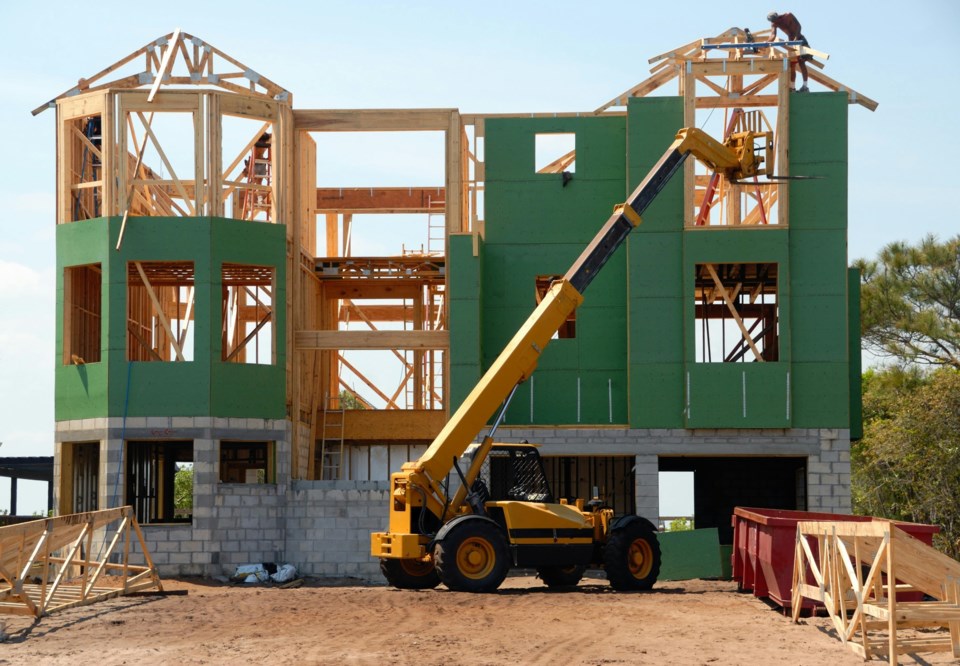The Green Buildings as Part of a Land Ethic program was held this evening at the Lafayette Nature Center, where community members gathered to learn about sustainable building options and their impact on the environment.
Organized by Thorne Nature Experience in collaboration with the Colorado Green Building Guild, the free event offered insights into how green building practices can help reduce carbon footprints and support a more eco-friendly future.
About the Green Buildings Program
The Green Buildings as Part of a Land Ethic program is designed to inform residents about sustainable building practices.
By exploring ways to lessen environmental impact through green construction, the program seeks to empower individuals to make mindful choices when it comes to home design and construction.
Hosted by Thorne Nature Experience and the Colorado Green Building Guild, the event was held at the Lafayette Nature Center on Thursday from 6:30 to 8 p.m., and attendees were required to RSVP in advance.
Both Thorne Nature Experience and the Colorado Green Building Guild have been advocates of sustainable practices, aiming to build stronger communities through education.
Their collaboration for this event highlights the importance of green choices, showcasing the many ways green construction can become a valuable part of modern building projects.
The program was open to anyone interested in learning more about environmentally friendly construction.
Understanding Green Building Practices
Johnny Rezvani, a board member of the Colorado Green Building Guild, emphasizes that green building involves more than just adding eco-friendly features; it’s about creating harmony in every part of a building.
Rezvani points out various approaches, including minimizing waste, using non-toxic materials, lowering carbon emissions, and installing solar panels. These options allow people to build homes that benefit the planet and the homeowner.
Rezvani explains that green buildings work best when treated as a unified system, where each component is designed to support the others.
The program shows attendees that sustainable building should not be viewed as an add-on to traditional construction but rather as a process that considers the whole structure.
Personal Impact of Green Rebuilding – Kevin Lombardo’s Story
Kevin Lombardo, a guild member, rebuilt a high-efficiency home after losing his house in the 2021 Marshall Fire.
Initially unsure about the process, Lombardo was inspired by a guild webinar on sustainable homes, which transformed his perspective on green building.
His new “passive house” is built to naturally capture sunlight and control shading, featuring high-quality insulation, windows, and ventilation to maintain energy efficiency.
Lombardo's experience showcases how accessible green building can be when people understand its benefits.
After working with builders and architects recommended by the guild, he and his family now live in a home that aligns with sustainable building standards, offering a practical example of green living.
Thorne’s Approach to Green Design
Thorne Nature Experience, the host of the event, didn’t attempt to create the “greenest building ever.”
Instead, they focused on meaningful, budget-friendly decisions that still reduce carbon footprint.
Keith Desrosiers, Thorne’s executive director, emphasizes that well-planned choices can make a significant difference in a building’s environmental impact without exceeding budget constraints.
Desrosiers encourages people to consider their values and budget when pursuing green building.
Thorne chose to prioritize environmental stewardship programs over costly green features, showing that green design is achievable even with limited resources.
By focusing on practical green building options, Thorne sets an example for community-centered sustainability.



